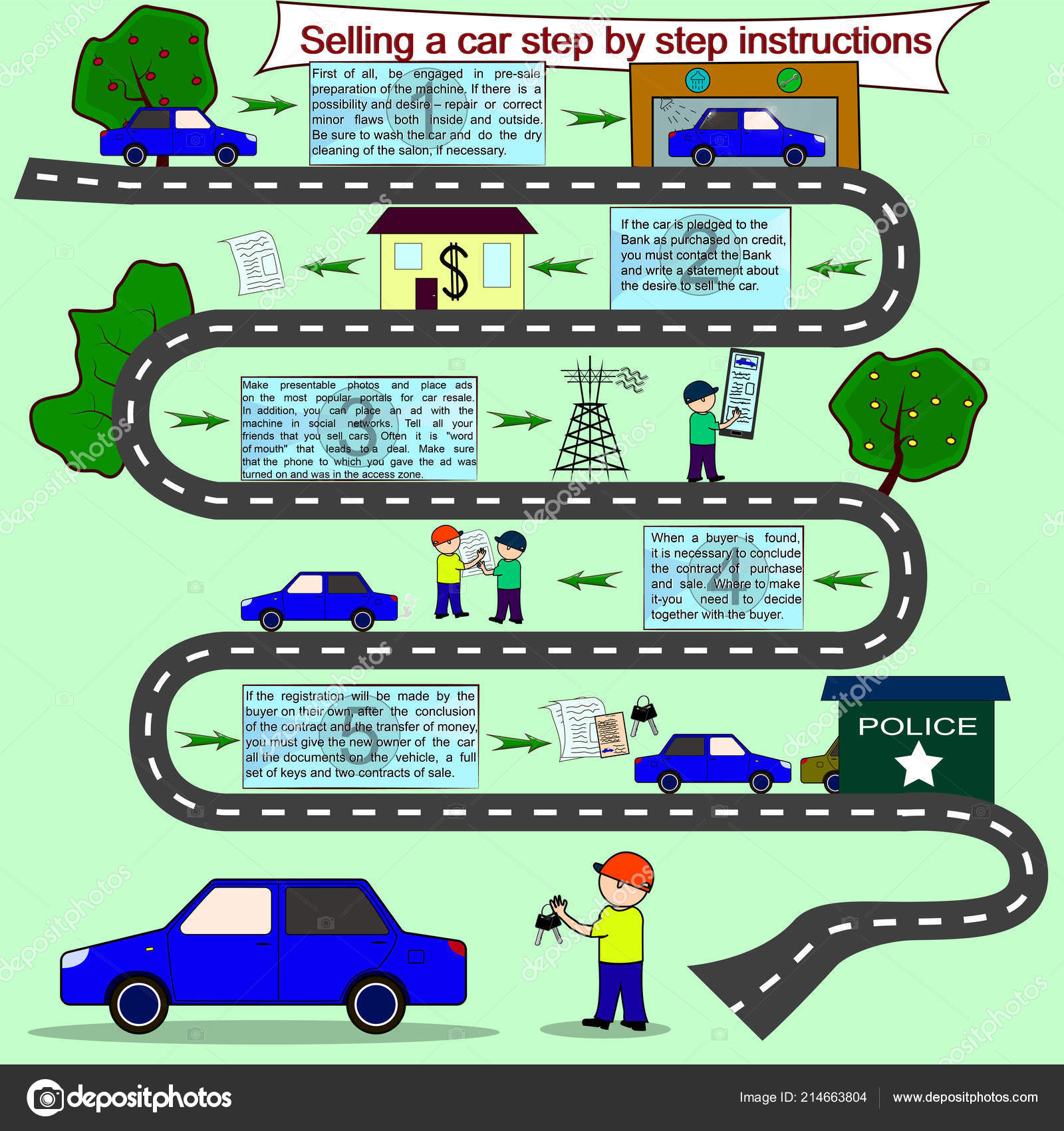Understanding The Definition Behind Your Automobile'S Warning Lighting: An Extensive Look
Understanding The Definition Behind Your Automobile'S Warning Lighting: An Extensive Look
Blog Article
Staff Writer-Higgins Corbett
When you lag the wheel, those glowing warning lights on your control panel can be a little bit perplexing. Do you know what they're trying to inform you concerning your car's health and wellness? Comprehending the relevance of these lights is vital for your security and the durability of your automobile. So, the next time among those lights turns up, wouldn't you intend to understand its message properly and take the required actions to resolve it?
Common Warning Lights and Interpretations
Recognize usual warning lights in your automobile and understand their meanings to guarantee safe driving.
The most common warning lights consist of the check engine light, which indicates concerns with the engine or emissions system. If this light begins, it's crucial to have your automobile examined promptly.
The oil stress warning light shows low oil stress, calling for prompt attention to avoid engine damage.
A blinking battery light may recommend a faulty charging system, potentially leaving you stranded otherwise resolved.
The tire pressure monitoring system (TPMS) light signals you to reduced tire stress, influencing lorry stability and gas effectiveness. Neglecting this can result in risky driving problems.
The ABS light shows a problem with the anti-lock braking system, endangering your ability to quit rapidly in emergencies.
Finally, the coolant temperature level alerting light warns of engine getting too hot, which can result in severe damage otherwise fixed swiftly.
Understanding these common warning lights will aid you address problems immediately and maintain risk-free driving conditions.
Relevance of Prompt Attention
Comprehending the common warning lights in your cars and truck is just the first step; the value of quickly addressing these cautions can't be emphasized enough to guarantee your safety when traveling.
When https://www.benningtonbanner.com/local-news/no-bumper-crop-of-auto-parts-this-year-supply-problems-worldwide-affecting-vehicle-repair-industry/article_59b27b32-26f0-11ec-8b9a-cbeae0597102.html brightens on your control panel, it's your auto's way of connecting a prospective issue that requires focus. Ignoring these warnings can result in extra serious issues down the road, jeopardizing your safety and security and possibly costing you much more in repairs.
Trigger focus to advising lights can stop malfunctions and mishaps. For instance, a blinking check engine light might suggest a misfire that, if left unattended, could cause damages to the catalytic converter. Resolving this immediately can save you from a pricey fixing.
Similarly, a brake system warning light might signify reduced brake liquid or used brake pads, important elements for your safety and security when driving.
Do It Yourself Troubleshooting Tips
If you notice a warning light on your control panel, there are a few do it yourself fixing ideas you can attempt before seeking professional assistance.
The first step is to consult your cars and truck's handbook to recognize what the particular warning light shows. Occasionally the concern can be as simple as a loose gas cap triggering the check engine light. Tightening up the gas cap may deal with the trouble.
Another typical issue is a reduced battery, which can set off different alerting lights. Inspecting https://oil-and-filter-change84061.blue-blogs.com/37036478/thorough-meeting-ideal-practices-disclosed-by-a-professional-automobile-detailer for corrosion and guaranteeing they're protected may deal with the trouble.
If a warning light lingers, you can attempt resetting it by disconnecting the vehicle's battery for a couple of mins and afterwards reconnecting it. Furthermore, checking your automobile's fluid degrees, such as oil, coolant, and brake liquid, can help fix cautioning lights associated with these systems.
Conclusion
In conclusion, recognizing your car's caution lights is vital for keeping your automobile running efficiently and safely. By without delay attending to these signals and knowing what they indicate, you can avoid expensive repairs and prospective malfunctions.
Bear in mind to consult your automobile's guidebook for particular information on each warning light and do something about it appropriately to make sure a hassle-free driving experience.
Remain informed, stay secure when driving!
